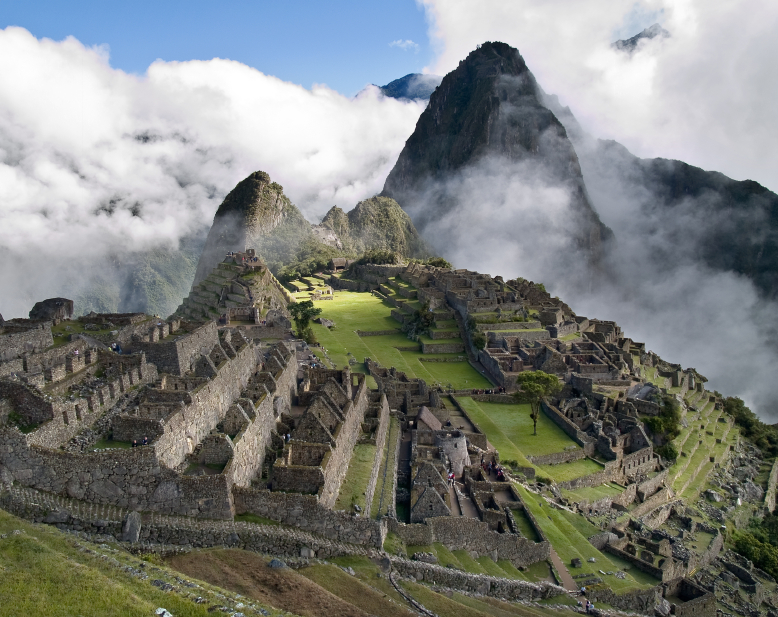One of my most treasured memories is of a winter night sat listening to Jesus' aunt Hayde telling tall tales in the garden of their old family homestead in the central Andean highlands. The two hundred year old house sits in a small village in the Mantaro Valley. At that altitude, at over three thousand metres above sea level, the air is pristine : the moonlight, the stars, the sounds of the valley drifting through the stillness of the night, its a special kind of magic.
This story describes a similar moonlit night. The place is Cuzco's Sacred Valley. The year 1942. Tello's Urubamba expedition has arrived for their first night at Huiñay Huayna. But the sounds Hernan hears coming out of the darkness turn the magic to fear.
This story describes a similar moonlit night. The place is Cuzco's Sacred Valley. The year 1942. Tello's Urubamba expedition has arrived for their first night at Huiñay Huayna. But the sounds Hernan hears coming out of the darkness turn the magic to fear.
Death stalks the valley
In which our explorers get a nasty fright
It was the 25th of August 1942, a beautiful calm, starry night, and the first night that we stayed in the Huiñay Huayna expedition hut we had constructed close to the ruins on the edge of the forest.
In which our explorers get a nasty fright
It was the 25th of August 1942, a beautiful calm, starry night, and the first night that we stayed in the Huiñay Huayna expedition hut we had constructed close to the ruins on the edge of the forest.
We
retired early as usual at seven o’clock. But for some reason, at ten o’clock,
when all the others were sleeping peacefully, I was still awake.
I was
listening to the sound of the crickets and mulling over a thousand memories in
my mind when a distant but clear shriek of anguish tore through the silence of
the night:
“Oh my God! God have mercy, Mercy!”
The
scream echoed through the secluded valley. I
froze in my bed. What on earth was happening?


